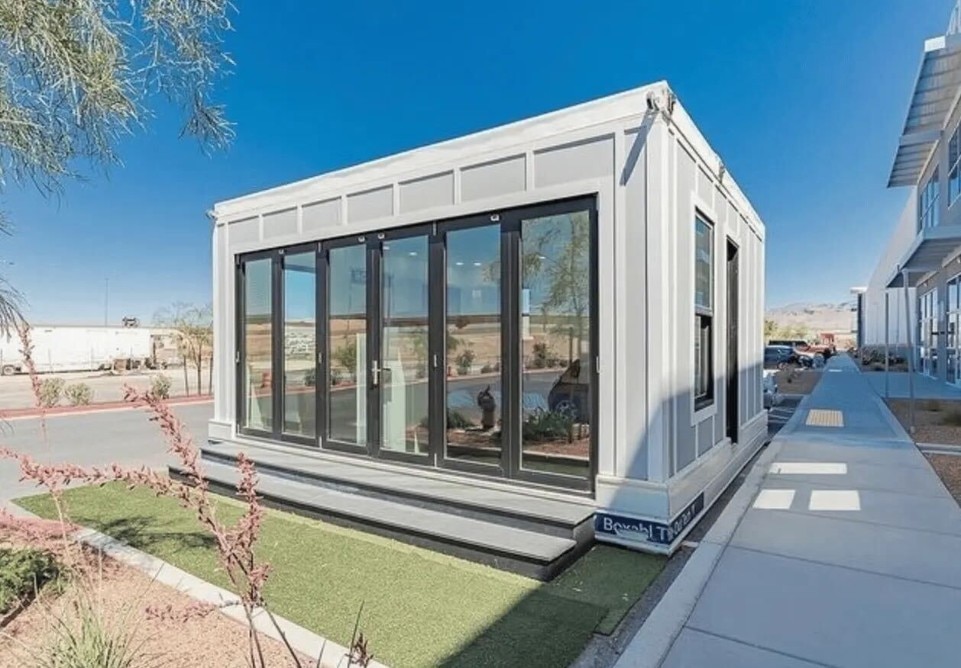Minimal, hybrid and multifunctional spaces, replicable in series and affordable without sacrificing the right to quality of those who live in them: from the first explorations of Modernism, to the modular plastic shells of the 1960s holiday homes, to the most recent emergency solutions, almost one hundred years after the CIAM of 1929 that introduced them, the principles of Existenzminimum never go out of fashion.
This time it is Elon Musk who is reviving them: and if he is the one to “dismantle” the usual housing paradigm based on hypertrophic and unmotivated needs, and to argue that it is possible to live well with the bare minimum and with the utmost respect for the ecosystem, then even those most reluctant to renounce the status symbol of square footage will be able to revise their vision of “home”.
Casita is a versatile, eco-sustainable and affordable housing proposal formulated by Boxabl, the start-up company that developed, produced and launched it on the market in collaboration with Elon Musk. The “tiny house” consists of a prefabricated unit composed of walls, floor and roof that can be folded to form a box; each box can be unpacked and assembled in less than 60 minutes and can be easily transported anywhere, like a suitcase (weighing 5,900 kg) on a simple truck.
The basic module, a cube with plan dimensions of 5.7m x 5.7m and 2.9m in height, equipped with a bedroom, bathroom, kitchen and living area, is replicable and scalable to meet a wide range of needs: from a single house, to large-scale interventions, to disaster shelters. Depending on the case, the cost ranges from $5,000 to $50,000 (excluding charges for connections, land purchase and procedures), making this solution highly appealing even to those disheartened by the often exorbitant prices of quality real estate.

If the approach and aims are not new to the history of design thinking, high-performance technologies and materials make a difference compared to the past. The shell is composed of isolated structural panels, highly airtight to reduce energy consumption: the use of magnesium oxide (MGO) makes the walls significantly better performing than traditional drywall solutions in terms of resistance to fire and biodegradants, while the TPO (thermoplastic polyolefin) membrane increases the roof's performance in terms of energy efficiency, snow load resistance and impermeability. The LED lighting system and energy-efficient domestic appliances allow for a significant reduction in running costs.
But Casita is not just a technological “machine”: its design is conceived so as not to make you regret a domestic fireplace in the traditional sense. Natural materials, essential but elegant furniture, large windows, and a fluid and flexible space make it possible to expand the perception of space beyond the 33.5 sqm area and give it a warm and cosy character.
“I could be bounded in a nutshell, and count myself a king of infinite space” said Shakespeare's Hamlet: perhaps this is what Elon Musk thinks, too, having had his own Casita assembled near one of the Space X launch sites in Boca Chica, Texas.












